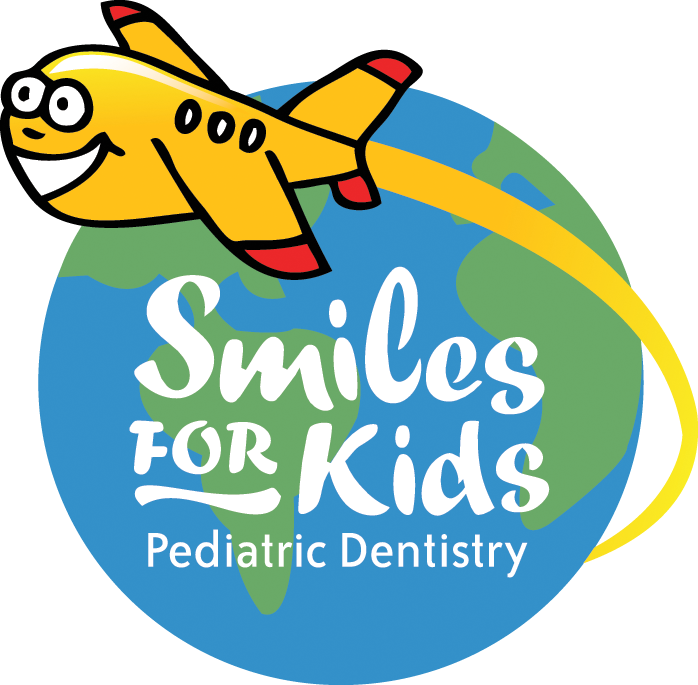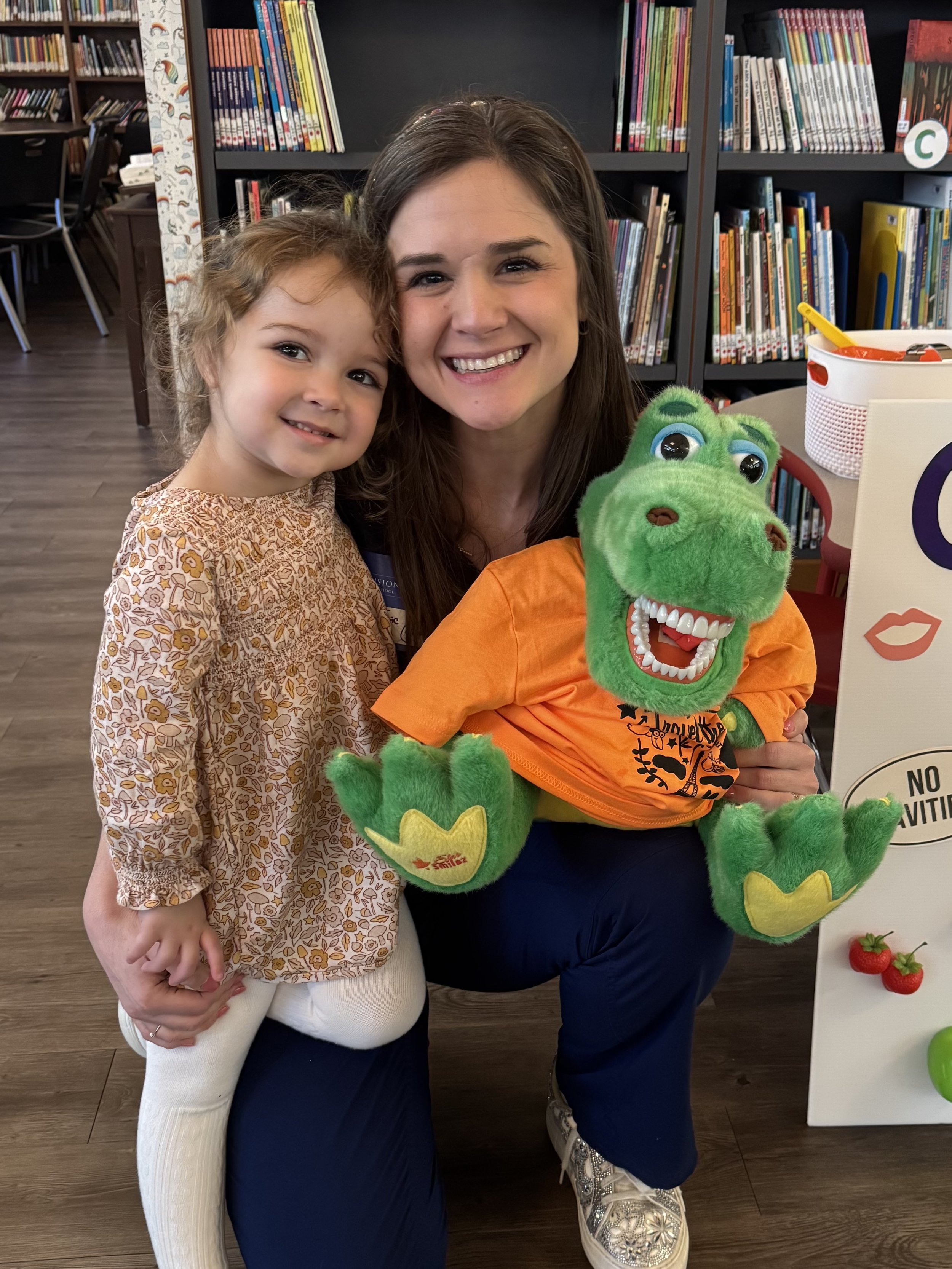I hope this letter finds you well and that you’re all staying healthy and happy in this early part of 2025. It’s with a mixture of excitement and a bit of nostalgia that I’m reaching out to share some important news with you. After much thought and careful consideration, I’ve made the decision to transition the ownership of our practice to my wonderful associate of the past seven years, Dr. Adrien Theriot, effective February 1st, 2025.
For many years now, it’s been an absolute honor to have your child, and your family be a part of our dental family. Watching your children grow, seeing their bright smiles, and building relationships with you has truly been the most rewarding part of my career. It’s a privilege I never take for granted, and I’m deeply grateful to each of you for trusting me with your child’s care.
I want you to know that Dr. Theriot is someone I trust wholeheartedly, and I am so excited to introduce her to you although most of our families have met her over all these years! Dr. Theriot brings years of experience working in our practice as well as her gentle approach to all our little patients and a wealth of pediatric dental knowledge. In addition to being an absolute gem in the pediatric dental world and being a member of multiple professional organizations, she is also an active member of our community. She is a mom to two beautiful girls and lives with her husband in our neighborhood. More importantly, she shares the same values I’ve always strived to uphold providing not only excellent dental care but also a warm, caring, and safe environment for your children.
I know that change can sometimes feel a bit unsettling, but I want to reassure you that everything you love about our practice will remain the same. The friendly faces you see when you walk in, the compassionate team who has been caring for your family, and the high standards of care we’ve always upheld will all stay just as they are. Dr. Theriot and I are both dedicated to making this transition as smooth as possible for you and your child, and I know she will continue to provide the level of care and attention that you’ve come to expect from us.
If you have any questions, concerns, or just want to talk more about this change, please don’t hesitate to reach out. I’m here to help in any way I can. You are more than just patients to me—you are part of our extended dental family, and that won’t change.
Thank you, from the bottom of my heart, for the trust and the memories we’ve shared over the years. I am confident that Dr. Theriot will be a fantastic partner in continuing the care of your child’s dental health, and I look forward to watching this next chapter unfold with you.
With heartfelt gratitude and best wishes for your family’s health and happiness,
Dr. Kasia Lindhorst






















